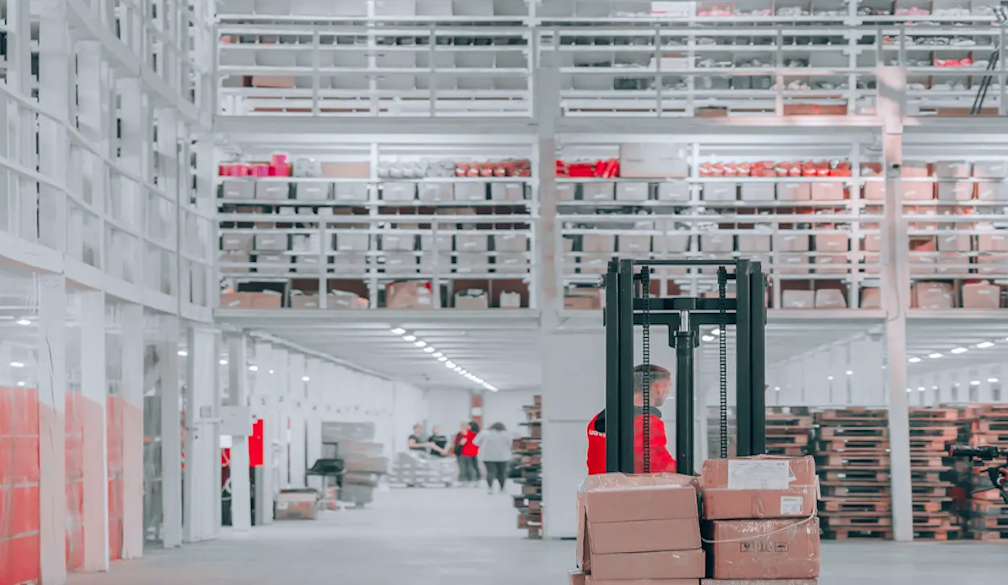The Rise of Digital Freight Matching Platforms: Revolutionising Logistics

The logistics industry is witnessing a transformative phase with the advent of digital freight matching platforms, which are reshaping how shippers and carriers connect and interact. This evolution stands as a testament to how technological advancements can streamline operations, enhance efficiency, and reduce costs, ultimately changing the landscape of the supply chain management.
What is Digital Freight Matching?
Digital freight matching (DFM) platforms are technological solutions designed to efficiently match cargo loads with freight carriers. These platforms use algorithms and data analytics to optimise the process, enabling shippers to find available transportation carriers who are ready and able to deliver goods. This shift towards digitalisation not only speeds up the process but also increases transparency, reduces inefficiencies, and lowers expenses for all parties involved.
What are the Benefits of Digital Freight Matching Platforms?
- Efficiency and Speed: One of the most significant advantages of digital freight matching platforms is the increase in efficiency. Traditional methods often involve multiple phone calls, emails, and manual searches for available carriers, which can be time-consuming and error-prone. Digital platforms automate these processes, dramatically reducing the time it takes to find a match and facilitating faster responses to market demands.
- Cost Reduction: DFM platforms minimise the need for intermediaries, allowing carriers to bid directly on shipments, which can lead to more competitive pricing and reduced overall shipping costs. Additionally, by maximising truck utilisation and reducing empty miles, carriers can operate more profitably – an essential factor in the thin-margin business of freight logistics.
- Enhanced Visibility and Control: These platforms offer enhanced tracking and management tools that provide real-time updates and greater visibility into the shipping process. Shippers can monitor their freight’s status and make more informed decisions based on up-to-date information. Meanwhile, carriers can manage their schedules more effectively and optimise their route planning.
- Sustainability: By optimising routes and improving truck fill rates, DFM platforms also contribute to environmental sustainability. Less empty space and fewer empty running miles mean reduced carbon emissions – aligning with global efforts to combat climate change.
In the bustling domain of digital freight platforms, companies like TIG Freight play a pivotal role. Leveraging advanced technologies, TIG Freight can seamlessly and intuitively connect shippers and carriers much more effectively, embodying the efficiency and user-centric approach that modern shippers and carriers demand.
Challenges and the Road Ahead
Despite the clear advantages, the shift to digital freight matching is not without challenges. Adoption rates vary, with some traditional businesses still hesitant to transition to digital solutions. Furthermore, the quality of data and the degree of integration with existing systems can affect the platform's effectiveness.
As technology continues to advance, we can expect further enhancements in algorithmic matching capabilities, deeper integrations with other logistics software, and even more robust data analytics features. These innovations will likely make digital freight platforms even more indispensable in the logistics industry.
Final Thoughts
As you can see, the rise of digital freight matching platforms marks a significant milestone in the evolution of the logistics sector. As these platforms continue to mature, they promise to deliver even greater efficiencies, cost savings, and environmental benefits. For shippers and carriers willing to embrace these new technologies, the future looks both promising and profitable.























